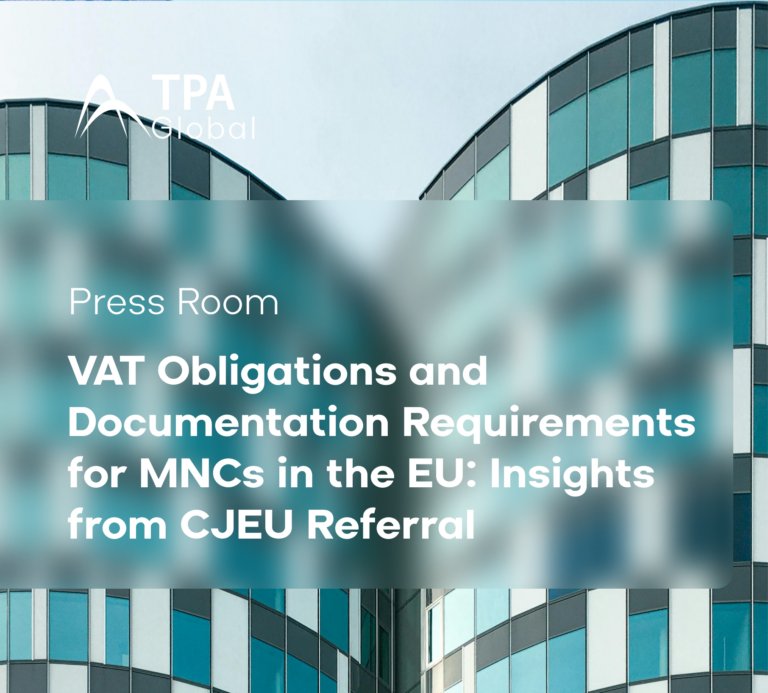Introduction
In response to last year’s consultation, the UK Government has outlined its initial responses to revamp the country’s transfer pricing (TP), permanent establishment (PE), and Diverted Profits Tax (DPT) rules. The proposed reforms aim to streamline domestic tax regulations, aligning them more closely with international standards. The reception to the reforms appears positive, fostering consensus and promising increased certainty for taxpayers. Ongoing discussions, particularly in challenging areas, aim to shape draft legislation later this year.
Transfer Pricing Overhaul
Central to the TP proposals is the acknowledgment that UK legislation, although incorporating OECD recommendations, often employs different terms. The plan is to align the UK rules more closely with the OECD’s latest guidance, reducing unnecessary confusion. While some well-understood and unchanged prescriptive rules remain, there will be targeted adjustments. The ‘one-way street’ principle, counteracting non-arm’s length pricing for a potential UK tax advantage, remains intact. However, the application of TP to domestic UK transactions lacking an overall UK tax advantage is set to fall away, alleviating compliance burdens.
Areas requiring further refinement include transactions intersecting with transfer pricing rules, such as intangible fixed assets, loan relationships, and derivative contracts. The debate continues on whether the TP rules should exclusively dictate the valuation standard for transactions between related parties, particularly concerning ‘market value’ references.
Permanent Establishment Evolution
Consultation on permanent establishments (PE) remains ongoing, with unresolved issues, particularly for financial services businesses. Concerns are voiced about the expanded definition of a ‘dependent agent’. While the government is considering updating it based on the 2017 OECD Model Tax Convention, discussions with stakeholders, especially in the asset management sector, will influence the final decision. The proposal to align PE profit attribution with the OECD MTC’s current Article 7 is also part of the reform’s agenda.
Incorporating Diverted Profits Tax
The proposal to integrate Diverted Profits Tax (DPT) into the corporation tax regime receives positive feedback. This move aims to enhance consistency and reduce the risk of double taxation by improving access to the UK’s tax treaty network. An open question remains on whether a separate diverted profits regime is necessary, considering the ongoing global efforts under the ‘Two Pillar’ solution to address base erosion and profit shifting (BEPS). The UK’s responsiveness to future developments, particularly regarding Pillar Two’s effectiveness, is evident in the plan to conduct a broader review of the diverted profits regime.
Conclusion:
The government’s response reflects an acknowledgment of challenges and the potential for reform. These proposed changes have the capacity to make the UK more appealing for inbound investments. However, the devil lies in the details, with the draft legislation set for a technical consultation in 2024. Anticipated changes, if implemented, are likely to take effect in 2025 at the earliest. This period provides a foundation for comprehensive reform, fostering a more modern and globally aligned tax landscape in the UK.
To keep updated on news, visit our Global News Page.
Don’t miss our most recent updates and articles; follow us on LinkedIn.



